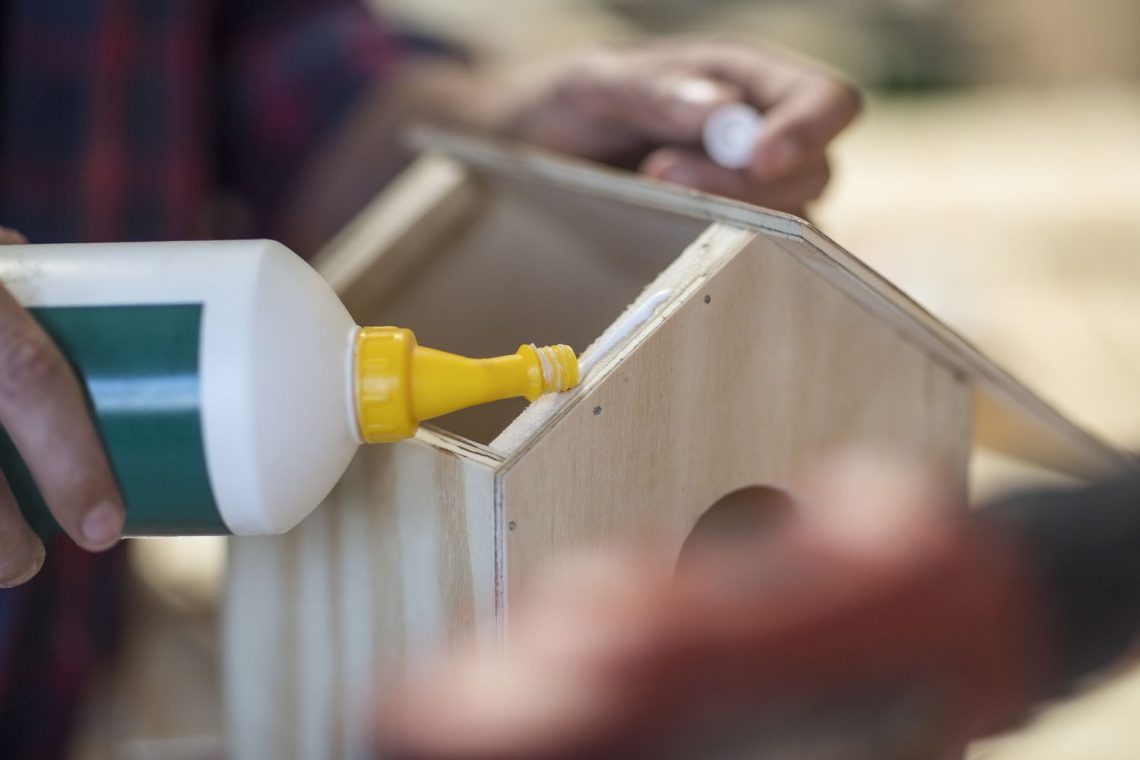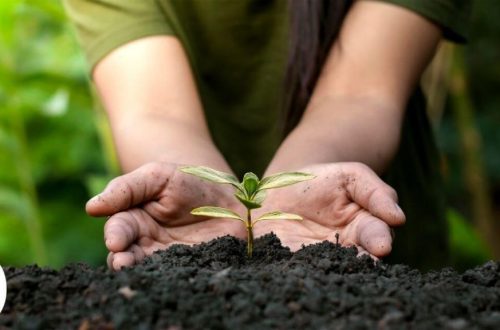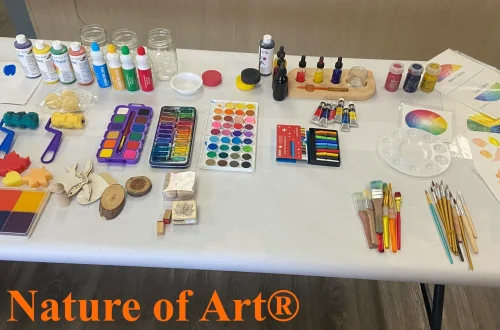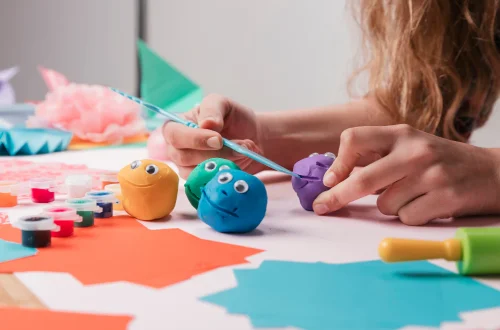In our modern world of instant gratification and convenience, we often overlook the simple pleasures and practical skills that previous generations took for granted. One such skill is the ability to create functional adhesives from common household ingredients. Whether you’ve run out of glue in the middle of a project, are seeking a non-toxic alternative for children’s crafts, or simply enjoy the satisfaction of making useful items from scratch, homemade glue offers a practical and educational solution.
Commercial glues, while effective, often contain synthetic chemicals that may not be ideal for all applications, particularly those involving children or food-related items. Homemade glues, on the other hand, use natural ingredients that are safe, biodegradable, and often already available in your kitchen pantry. Beyond their practical applications, making your own glue provides an opportunity to understand the science of adhesion and develop a deeper appreciation for the materials we use in daily life.
The History and Science of Adhesives
Glue-making is one of humanity’s oldest technologies, with evidence of adhesive use dating back to ancient civilizations:
Historical Perspective
Throughout history, various cultures developed adhesives from locally available materials:
- Ancient Egypt: Used animal glue made from collagen-rich animal parts for furniture and papyrus
- Greece and Rome: Created adhesives from tree resins and plant gums
- Medieval Europe: Developed hide glue for woodworking and bookbinding
- Indigenous Cultures: Utilized natural latex from plants and animal-based adhesives
The Science Behind Adhesion
Understanding how glue works helps in creating effective homemade versions:
- Mechanical Bonding: Glue fills in microscopic irregularities on surfaces, creating physical interlocking
- Chemical Bonding: Molecular attractions between the adhesive and substrate materials
- Viscosity: The thickness of the glue affects how well it spreads and penetrates surfaces
- Drying Process: Most glues achieve strength through evaporation of water or solvents, leaving behind binding agents
The Kitchen Recipe: Simple Homemade Glue
Creating effective homemade glue requires only basic kitchen ingredients and a few simple steps. This recipe produces a versatile adhesive suitable for most paper and lightweight craft projects:
Basic Flour and Sugar Glue
- 2 tablespoons all-purpose flour
- 1 tablespoon granulated sugar
- 3 tablespoons water
- Mix Dry Ingredients: In a small bowl, whisk together the flour and sugar until well combined. This step ensures even distribution and prevents lumps in your final product.
- Create Slurry: Gradually add the water to the dry ingredients while continuously stirring. Start with a small amount and add more as needed to achieve the right consistency.
- Adjust Consistency: The mixture should resemble thick cream or thin pudding. If too thick, add water one teaspoon at a time. If too thin, add a small amount of flour.
- Final Mixing: Stir thoroughly to ensure all ingredients are completely incorporated and the mixture is smooth.
Application Tips
- Use a small brush, cotton swab, or popsicle stick for precise application
- Apply thin, even layers for best results
- Allow adequate drying time between layers if building up adhesive strength
- Press materials together firmly and hold for 30 seconds to 1 minute for initial bond
Instructions for Mixing and Cooking
For a stronger, more durable adhesive, a cooked version provides enhanced bonding properties:
- Combine Ingredients: In a small saucepan, mix 3 tablespoons flour, 1 tablespoon sugar, and 1/4 cup water until smooth.
- Heat Mixture: Place the saucepan over low heat and cook, stirring constantly, for 3-5 minutes until the mixture thickens to a paste-like consistency.
- Cool Completely: Remove from heat and allow to cool to room temperature. The glue will continue to thicken as it cools.
- Test Consistency: The finished glue should coat the back of a spoon and hold its shape when poured.
- Store Properly: Transfer to a clean, airtight container for storage.
- Cold Method: Mix ingredients in a jar and shake vigorously. This method is quicker but may result in a slightly weaker adhesive.
- Blender Method: Combine ingredients in a small blender and blend until smooth. This creates an ultra-smooth, lump-free adhesive.
- Microwave Method: Mix ingredients in a microwave-safe bowl and heat in 30-second intervals, stirring between each, until thickened.
Best Uses for Homemade Glue
Understanding the strengths and limitations of homemade glue helps ensure successful applications:
Ideal Applications
- Paper Crafts: Scrapbooking, card making, collage work, and origami
- Children’s Projects: School assignments, art projects, and simple construction activities
- Light Fabric Work: Hemming lightweight fabrics or attaching decorative elements
- Decorative Items: Attaching ribbons, beads, or other embellishments to cards or gifts
- Temporary Repairs: Fixing torn paper, reattaching loose labels, or sealing small envelopes
Applications to Avoid
- Heavy-Duty Bonding: Construction projects requiring significant structural strength
- Water-Exposed Items: Projects that will be frequently wet or submerged
- Heat-Resistant Needs: Applications subject to high temperatures
- Porous Materials: Bonding materials that absorb moisture quickly
- Long-Term Outdoor Use: Items exposed to weather and UV light
Storage and Shelf Life
Proper storage extends the usability of your homemade glue and prevents spoilage:
Short-Term Storage
For use within 1-2 weeks:
- Store in a clean, airtight container such as a small jar with a tight lid
- Keep refrigerated to slow bacterial growth and extend freshness
- Label the container with the preparation date
- Stir well before each use as separation may occur
Long-Term Preservation
For extended storage of several weeks to months:
- Add a small amount (1/8 teaspoon) of salt as a natural preservative
- Ensure the container is completely airtight with no air pockets
- Store in the coldest part of the refrigerator
- For longer preservation, consider freezing in ice cube trays for portioned use
Signs of Spoilage
- Sour or unpleasant odor
- Visible mold or unusual spots
- Change in texture from smooth to lumpy or separated
- Thickening to the point of being unusable
Alternative Recipes and Variations
Several variations can address specific needs or ingredient preferences:
Cornstarch Glue
- 2 tablespoons cornstarch
- 3 tablespoons cold water
- 1/4 cup boiling water
This variation creates a clearer glue that works well for delicate papers and provides a more flexible bond.
Gelatin Glue
- 2 tablespoons unflavored gelatin
- 1/4 cup cold water
- 1/4 cup hot water
This protein-based glue provides excellent adhesion for porous materials and is particularly effective on paper and cardboard.
Milk Glue
- 1/4 cup milk
- 1 tablespoon white vinegar
- 1/2 teaspoon baking soda
This unique recipe creates a glue with interesting properties and can be a fun chemistry experiment for children.
Troubleshooting Common Issues
Addressing common problems ensures successful glue-making experiences:
Consistency Problems
- Too Thick: Add water one teaspoon at a time while stirring until desired consistency is reached
- Too Thin: Add small amounts of flour or cornstarch and mix thoroughly
- Lumpy Texture: Strain through a fine mesh or blend with an immersion blender
Adhesion Issues
- Poor Bonding: Ensure surfaces are clean and dry; apply thin, even layers
- Slow Drying: Improve air circulation or work in a warmer environment
- Weak Joints: Increase the amount of flour in the recipe for stronger bonding
Storage Problems
- Mold Growth: Add a pinch of salt as a preservative and store in the refrigerator
- Drying Out: Ensure containers are completely airtight; add a small amount of water if needed
- Separation: This is normal; simply stir well before each use
Safety and Environmental Considerations
Homemade glue offers several advantages in terms of safety and environmental impact:
Safety Benefits
- Non-Toxic: Made from food-safe ingredients, making them safe for children to handle
- No Fumes: Unlike many commercial glues, homemade versions don’t emit harmful vapors
- Skin-Safe: Gentle on skin and easily washed off with soap and water
- Ingestion Safety: While not intended for consumption, small amounts are not harmful
Environmental Impact
- Biodegradable: Breaks down naturally without harming the environment
- Minimal Packaging: Uses ingredients you likely already have, reducing packaging waste
- Reusable Containers: Store in glass jars or other reusable containers
- Reduced Chemical Runoff: No synthetic chemicals to contaminate water systems
Educational Applications
Making homemade glue provides rich learning opportunities across multiple disciplines:
Science Education
- Chemistry Concepts: Understanding how ingredients interact to create new properties
- States of Matter: Observing the transition from liquid to adhesive solid
- Material Science: Exploring how different ratios affect material properties
- Measurement Skills: Practicing accurate measurement and proportion understanding
Life Skills Development
- Problem-Solving: Adjusting recipes and troubleshooting issues
- Resourcefulness: Learning to create solutions from available materials
- Precision: Developing careful technique and attention to detail
- Patience: Understanding that some processes require time to develop properly
Economic Benefits
Creating your own glue offers significant cost savings compared to commercial alternatives:
Cost Comparison
- Homemade Glue: Costs less than $0.10 per batch using common pantry items
- Commercial Glue: Costs $1-5 per bottle depending on size and brand
- Yield: A single batch can provide enough adhesive for dozens of small projects
- Multi-Purpose Ingredients: Flour and sugar have numerous other household uses
Long-Term Savings
- Regular crafters can save $20-50 annually by making their own adhesive
- Households with children benefit from having a safe, readily available glue option
- Emergency situations eliminate the need for last-minute store runs
- Reduced waste from expired commercial products
Advanced Applications
For those interested in expanding their adhesive-making skills:
Specialized Variations
- Flexible Glue: Add a small amount of glycerin for increased flexibility
- Waterproof Glue: Incorporate a small amount of clear nail polish for moisture resistance
- Quick-Drying Glue: Reduce water content for faster setting time
- Stronger Bond: Increase flour content or add a small amount of white glue to enhance strength
Historical Reproduction
- Rabbit Skin Glue: For advanced crafters interested in traditional bookbinding or woodworking
- Hide Glue: Historical adhesive used in antique furniture restoration
- Casein Glue: Milk-based adhesive popular in the early 20th century
Conclusion: The Value of Homemade Solutions
Making your own glue represents more than just a practical skill – it’s a connection to human history and a step toward self-sufficiency. In a world increasingly dependent on complex, mass-produced products, the ability to create functional items from simple ingredients is both empowering and enlightening. Homemade glue reminds us that many of our daily needs can be met with creativity and basic resources.
The process of making glue also provides a window into scientific principles that govern the materials around us. Understanding how flour and water can transform into an adhesive substance deepens our appreciation for the chemistry of everyday life. For parents and educators, this activity offers an engaging way to introduce children to scientific concepts while creating something genuinely useful.
From an environmental perspective, homemade glue represents a small but meaningful step toward reducing our reliance on synthetic products and their associated packaging waste. By choosing natural alternatives when possible, we contribute to a more sustainable approach to consumption while often saving money in the process.
Perhaps most importantly, making your own glue builds confidence in problem-solving and resourcefulness. When you understand how to create what you need from basic materials, you’re less likely to feel helpless when faced with minor household challenges. This self-reliance extends far beyond adhesive solutions, fostering a mindset of creativity and adaptability.
As you experiment with homemade glue recipes, remember that perfection isn’t the goal – functionality and safety are. Your first attempts may not produce professional-quality adhesive, but they’ll provide valuable experience and likely serve your needs adequately. With practice, you’ll develop intuition for ingredient ratios and application techniques that work best for your specific projects.
So the next time you need a quick adhesive solution, consider reaching for ingredients from your pantry rather than a store-bought tube. You might just discover that one of humanity’s oldest technologies still has plenty to offer in our modern world.





